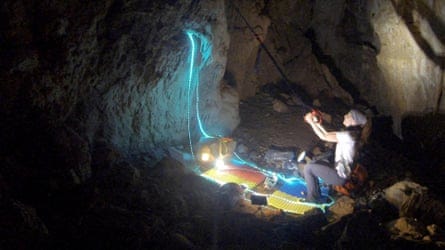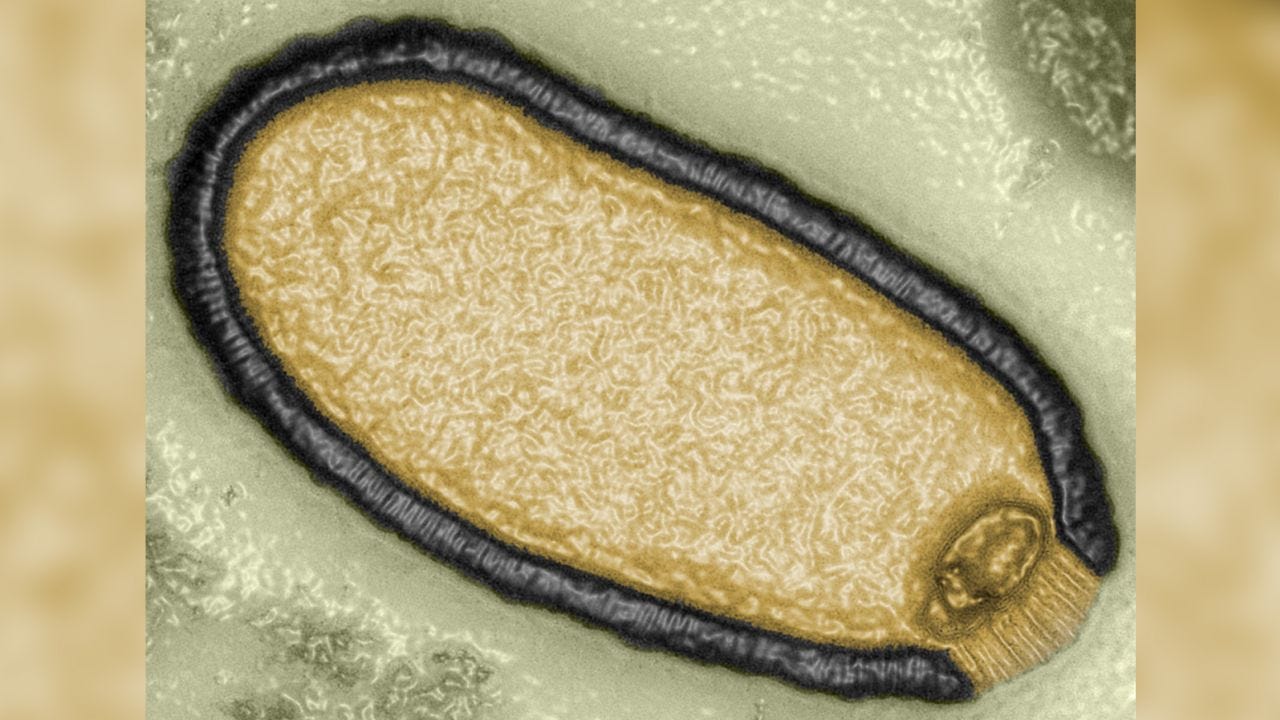#28: SpaceX, AI Disruption, Ancient Virus, Clickbait, Ocean Fertilization, Home Runs, Voyager 2, and more!
Hi everyone!
The past month, I’ve been bombarded by articles and tweets about how people use AI tools to increase their productivity, triple their revenue, outmanoeuvre their competitors, all while saving hundreds of hours of work per week. And I must admit, FOMO struck me.
I have experimented with ChatGPT and DALL·E, but I haven’t been using AI tools in my work-life at all. Am I missing out because of it? Am I going to get out-competed by people who do? How do I integrate AI into my workflow? What are the best tools and services?
After reflecting on this, I realized two things:
My fear of missing out is (likely) unjustified and exaggerated by social media. On Twitter, I feel like everyone is using AI, while in reality only a minority of people do.
I believe that there’s still ample of time to learn how to use these tools effectively in my day-to-day life.
I’m sure I’m not alone with these thoughts. I’d like to hear from you about this. Have you integrated AI tools into your workflows? Do you also suffer from FOMO?
As always, thank you for reading another edition of the Simply Explained newsletter.
Stay curious,
Xavier
🤓 Cool Stuff I Found on the Internet
The Psychology of Clickbait: Negativity works best
Researchers looked at over 100,000 news headlines which generated over half a billion views. Their conclusion: negative headlines increase the consumption of online news. A single negative word increases click-through rates by 1.4 to 2.3%. However, the effect depends on the context: negative words have stronger effects on articles related to politics and the economy. So to increase page views, newspapers are inclined to be more negative (which impacts readers’ well-being).
Spanish woman emerges from 500-day cave isolation
Beatriz Flamini, a Spanish mountain climber, emerged from a cave in southern Spain after spending 500 days isolated from the outside world. The goal: explore the effects of isolation on the human body and mind (which could come in handy for deep space missions). A group of scientists monitored her from afar. Flamini had no direct contact with anyone outside and lived in complete darkness for most of that time. She said that the time had flown by.
Opinion: AI guaranteed to disrupt us
In this opinion piece, Bert Hubert argues AI will lead to widespread job loss and economic disruption. In the short term, he expects huge layoffs among specific professions. He also argues that because the EU is regulating AI, the US will be the center of AI innovation and data processing. That’s in stark contrast to Microsoft CEO Satya Nadella's vision, which is that AI will enhance our productivity (mentioned in #25).
48500 years old virus revived
The thawing of the permafrost due to climate change may release ancient viruses. A team of European researchers found 13 previously unknown pathogens that had been trapped in Siberia. Why is this problematic? Our immune system is adapted to our surroundings. It might not respond to viruses we haven’t “seen” in thousands of years. The opposite could be true as well: ancient viruses might be unable to infect “modern” humans. The permafrost also harbors other hazards such as buried waste from mining heavy metals, pesticides like DDT and even dumped radioactive material. Better to keep those frozen!
⚡️ Energy
Breakthrough in battery technology
The world’s largest battery manufacturer, CATL, has announced a breakthrough in battery density. The company has developed a new “condensed” battery with an impressive 500Wh/kg energy density that is ready for mass production later this year. By comparison, Tesla's 4680 batteries are rated at 272Wh/kg. This could revolutionize the energy industry and change the way we think about energy storage. The new battery technology could also make electric planes a reality.
Solar energy capacity reaches new heights
According to the International Energy Agency (IEA), the cumulative capacity of installed and commissioned photovoltaic (PV) increased by over 25% last year, reaching 1.2TW. Around 6% of the world’s energy demand is now met by solar energy, but there’s still room for improvement. Adoption is slowing in the US because of trade restrictions and grid connection backlog.
EU gas consumption decreased by 17.7%
Last year, the EU set an ambitious goal to reduce natural gas consumption by 15%. Eurostat now ran the numbers and found that overall consumption dropped by over 17%. Only 6 countries failed to meet the goal (but got very close). Finland even halved their consumption! The data also shows that gas consumption is consistently lower, meaning that it's not a one-off savings effort. This is good news for Europeans as countries can replenish gas reserves faster to be ready for next winter.
🌍 Environment
Dumping iron in the ocean to capture CO2
Ocean fertilization is a geoengineering technique that involves adding iron or other nutrients to the ocean to stimulate the growth of phytoplankton. The plankton lives near the ocean surface and captures sunlight and CO2 to produce energy. When they die, they sink to the bottom of the ocean, trapping the CO2. However, there are concerns about the potential environmental impact of this technique, as well as questions about its effectiveness.
How global warming is affecting baseball home runs
According to this study, global warming is leading to more home runs in baseball. The study found that 1% of home runs between 2010-2019 were caused by global warming. The reason behind this is that when air heats, molecules move faster and away from each other, making the air less dense. This means that the ball can travel further and faster through the air. The idea is not new. Commentator Tim McCarver put the theory forward in 2012 and was mocked for it.
🪐 Space
SpaceX "successfully" launches Starship
SpaceX’s Starship test flight is a significant milestone in the company’s efforts to develop a spacecraft capable of carrying humans and cargo to the Moon, Mars, and beyond. During the first test flight, the spacecraft reached an altitude of almost 250km before it tumbled and ultimately explode.
NASA Hack Squeezes More Time Out of Dying Voyager 2 Probe
Launched in 1977, Voyager 2 is flying out of our solar system and is 19 billion kilometers away from Earth. However, its power source is decaying, and that means NASA needs to be creative on how to use the remaining power. They now “hacked” the probe to use the backup power reserves, originally set aside for onboard safety mechanisms. The change will allow Voyager 2 to collect data for another 3 years.








